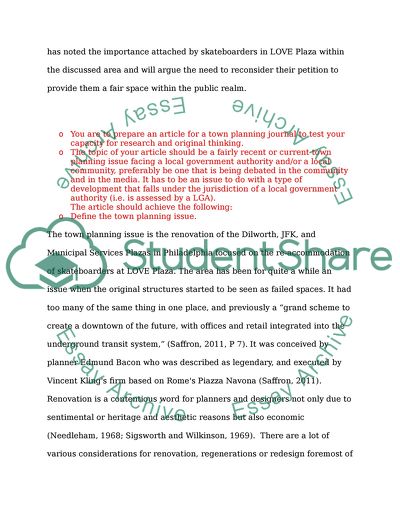Cite this document
(“Regional and land planning Essay Example | Topics and Well Written Essays - 3000 words”, n.d.)
Retrieved from https://studentshare.org/environmental-studies/1414219-regional-and-land-planning
Retrieved from https://studentshare.org/environmental-studies/1414219-regional-and-land-planning
(Regional and Land Planning Essay Example | Topics and Well Written Essays - 3000 Words)
https://studentshare.org/environmental-studies/1414219-regional-and-land-planning.
https://studentshare.org/environmental-studies/1414219-regional-and-land-planning.
“Regional and Land Planning Essay Example | Topics and Well Written Essays - 3000 Words”, n.d. https://studentshare.org/environmental-studies/1414219-regional-and-land-planning.


